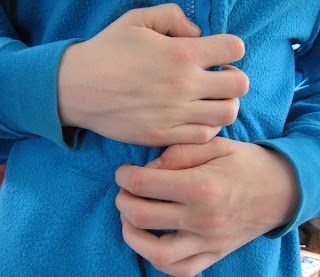With a title like Everyone Leads, this book caught our attention. A book claiming to inspire readers to see new leadership possibilities within themselves and their communities.. is definitely up our alley!
The book's conversational tone makes it seem as if you are chatting with author Paul Schmitz. The first chunk tells the story of his innovative and grass roots organization called Public Allies. It is, in fact, the organization that Michelle Obama worked in early in her career. Still going strong across the United States (website), Public Allies identifies talented young adults from diverse and under-represented backgrounds who have a passion to make a difference, and helps them turn that passion into a viable career path.
The book, outlines the five core leadership values of this organization;
- Recognizing and mobilizing ALL of a community's assets
- Connecting across cultures
- Facilitating collaborative action
- Continuously learning and improving
- Being accountable to ourselves and others.
These are values that resonate with our work. In fact, much of the language and the "how-to" strategies run parallel with Raising the Village - relationships, leadership and strengths. Given our work with community collaboratives, we took a closer look at the chapter on facilitating collaborative action. Here are some of our favourite passages.
"Building teams is about building trust.
Exercises and processes can help prevent common pitfalls..."
"Leadership is inherently a collaborative process.
Leaders inspire, persuade, and engage others to work with them on common goals."
"Self awareness and interpersonal collaboration also extend to the formal and informal organizations that constitute communities."
"Being collaborative is a commitment."
The book offers an exercise that helps to identify and acknowledge strengths. Each individual writes the answer to the following questions and shares with a partner. We challenge you to answer them!
- What two gifts, talents or skills make you a valuable family member and friend?
- What two skills make you especially good at your paid or volunteer work?
- What talent do you have that not many people know about?
- What are your 2 or 3 favourite hobbies?
Let's take it farther!! Here is a fun way to match your strengths and natural gifts to your role as leader and community builder. Try our self-assessment quiz: What is Your Group Leadership Style. Are you a mover & shaker? a clarity seeker? a strengths creator? or (yikes) a group process killer?!
Embrace your strengths and offer up your gifts as everyone leads!



